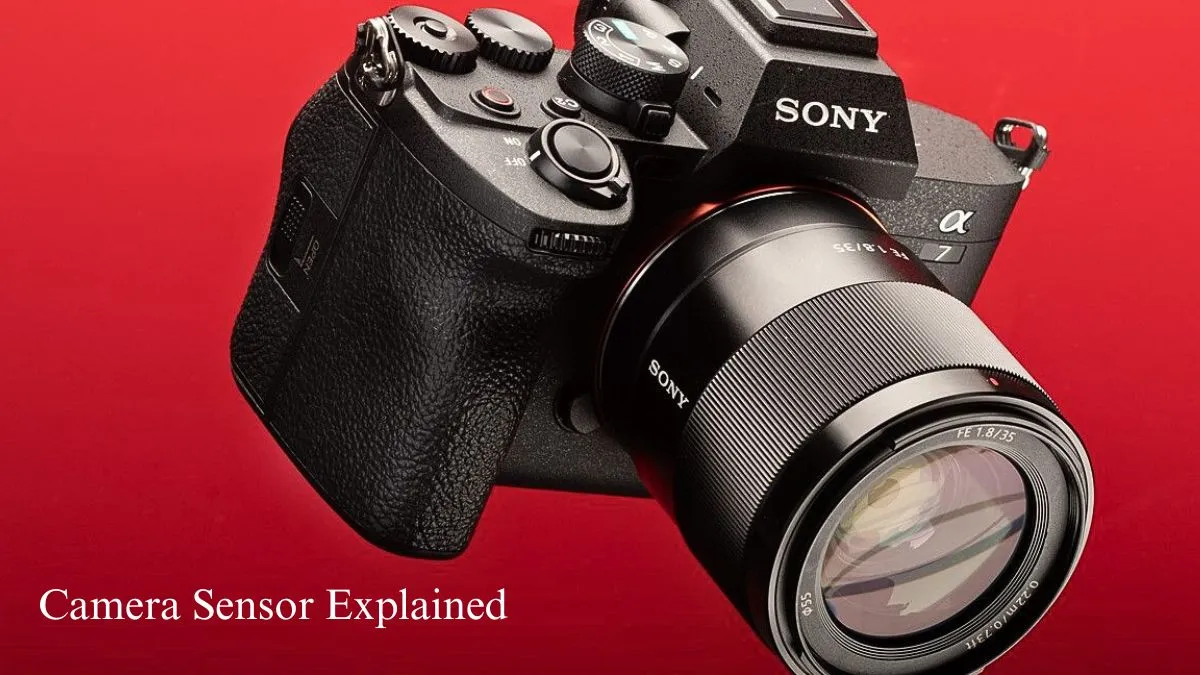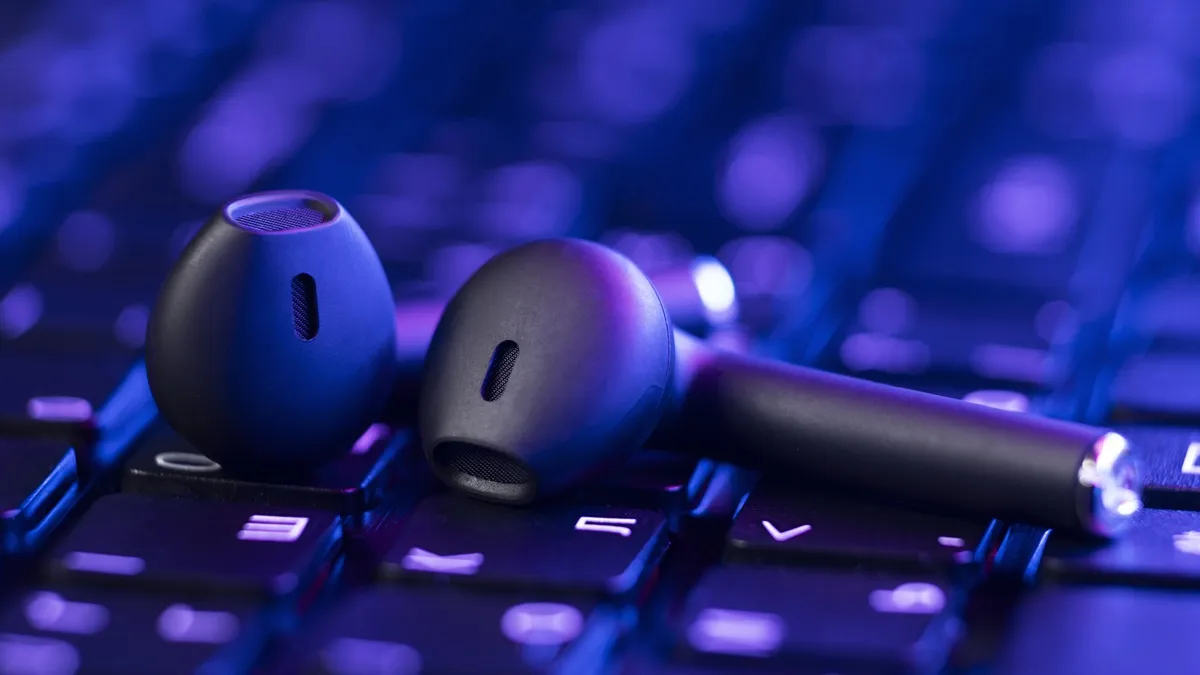The key to learning what makes a stunning photograph at the outset is knowing the beating heart of your camera, that is the sensor. Having a know how about camera sensor sizes can let you shoot with perfection everytime and will also help in finding the right model for your diverse requirements. Sensor is a small but very powerful element that is rarely paid attention to that is the most crucial determinant of your image. With colors channels, crisp details, the camera sensor size is of crucial importance down to capturing the photos in low-light conditions. Let's have a better understanding of different sensor form factors like, full-frame, APS-C and Micro Four Thirds. By demystifying this technical terminology, you will also acquire practical insight to selecting the best camera of your choice for your gadget zone and capture every moment with perfection.
What Is Sensor In A Camera?
Camera sensor is the heart of a digital camera. This is usually a CMOS or a CCD chip, but is a grid with millions of light-sensitive photosites (or pixels). A reaction occurs when you depress the shutter button, which allows light to pass thru the lens and hits the sensor. The light thus captured is then converted into electrical signal.It produces a stronger signal the more light that they receive. This information containing brightness and color data (the latter courtesy of a color filter array) is then manipulated by the internal processor of the camera. The electrical signals are deciphered by the processor to produce the final digital image. Camera sensor size has a direct implication on the image quality, low-light and dynamic range. The larger is the sensor it enables gathering additional light which results in cleaner images that have less digital noise.
How Different Camera Sensor Size Impact Image Quality?
One of the most important aspects of camera system that can have an impact on image quality is the size of the sensor; it can impact factors such as low light operation, depth of field, dynamic range and others. So what exactly happens when sensor size varies by sensor size? Here is a breakdown on the effects on your photographs:
- Low-Light: Full-frame or medium format sensors have larger photosites (pixels) because of a larger surface area. With an increase in size, these picturesites are able to record more light information, thus producing a cleaner image, with reduced digital noise, particularly when used at higher ISO levels. This is a huge plus when it comes to shooting in low and/or dark settings.
- Dynamic range: The capacity of a bigger sensor to gather more light is an additional factor to a broader dynamic range. Then it implies making this possible with covering a wider tonal leeway, highlight to shadow, without detail reduced. In high-contrast scenes this is important as more post-processing is possible.
- Depth of Field and bokeh: Sensor size has a direct relation in the depth of field. A bigger sensor will open up less depth-of-field with equal aperture and subject distance, and thus will be simpler to blur out the background, an attractive phenomenon commonly referred to as bokeh. That is why full frame cameras are normally preferred to portrait cameras.
- Crop Factor and Focal Length: Smaller sensor, such as APS-C or Micro Four Thirds have a crop factor. That implies that a lens of a specific focal length will have fewer degrees of viewing than with a full-frame sensor. As an example, a 50mm lens on an APS-C camera with a 1.5x crop factor will give the field of view of a 75mm on a full-frame camera.
Different Types of Camera Sensor?
Most Common Classification by Physical Size
- Full-Frame:The full scale and professional user level sensor is 36mm x 24mm on a size. It offers optimal low-light, greatest dynamic range and a naturally shallow depth of field.
- APS-C (Advanced Photo System type-C): A smaller sensor, about 1.5x- to 1.6x, which is smaller than full-frame: a crop sensor. It is widely selected due to the cost to performance and portability ratio. It has a crop factor that can be useful to telephoto shoot.
- Micro Four Thirds (MFT): A smaller amount of pixels that has a 2X crop factor. The cameras and lenses made by MFT are very small and lightweight and can be used during traveling and vlogging.
- Medium Format: Bigger than the full-frame, they are used in the most expensive and professional cameras. They are found in commercial, fashion and landscape photography where a high level of resolution, dynamic range and picture fidelity are the overriding concerns.
By Technology
- CMOS (Complementary Metal-Oxide-Semiconductor): This is the most prevalent form of sensor in use nowadays. CMOS image sensors are characterised by high-speed operation, low power and enhanced capabilities such as fast autofocus and high frame rates.
- CCD (Charge-Coupled Device): An outdated technology which used to be the gold standard in high end photographing. Although largely obsolete to CMOS, CCDs remain in more specialized use where high fidelity of the images and low noise is a requirement, at least in scientific and astrophotography.
CCD Vs CMOS Sensor: Which One Should You Go For in Your DSLR Camera?
Historically, CCD and CMOS sensors were stark contrasts but the current CMOS technology has grown so well that these are the main sensor types of practically all new consumer cameras incorporating the DSLR family and the mirrorless cameras too. A list of reasons as to why you should choose CMOS:
- Speed: The CMOS sensors are much faster and can deliver a higher frame rate, as well as enable faster paced shooting.
- Power consumption: CMOS sensors are much more efficient in power consumption resulting in an extended battery life.
- Low-Light Performance: There is no longer any inherent disadvantage in low-light performance by modern CMOS sensors, which have measurably advanced in this area and are capable of creating cleaner images with a lower noise count at high ISO ranges.
- Image Quality: High-end CMOS sensors available today produce unprecedented image quality with a high dynamic range that has surpassed older CCDs or is at least on par with them.
- Features: CMOS sensor architecture enables characteristics such as autofocus, high-speed video and digital processing at chip level, resulting in a more versatile camera.
- Cost: CMOS sensors are cheap to make, thus are affordable to larger markets in contrast to CCD ones.



